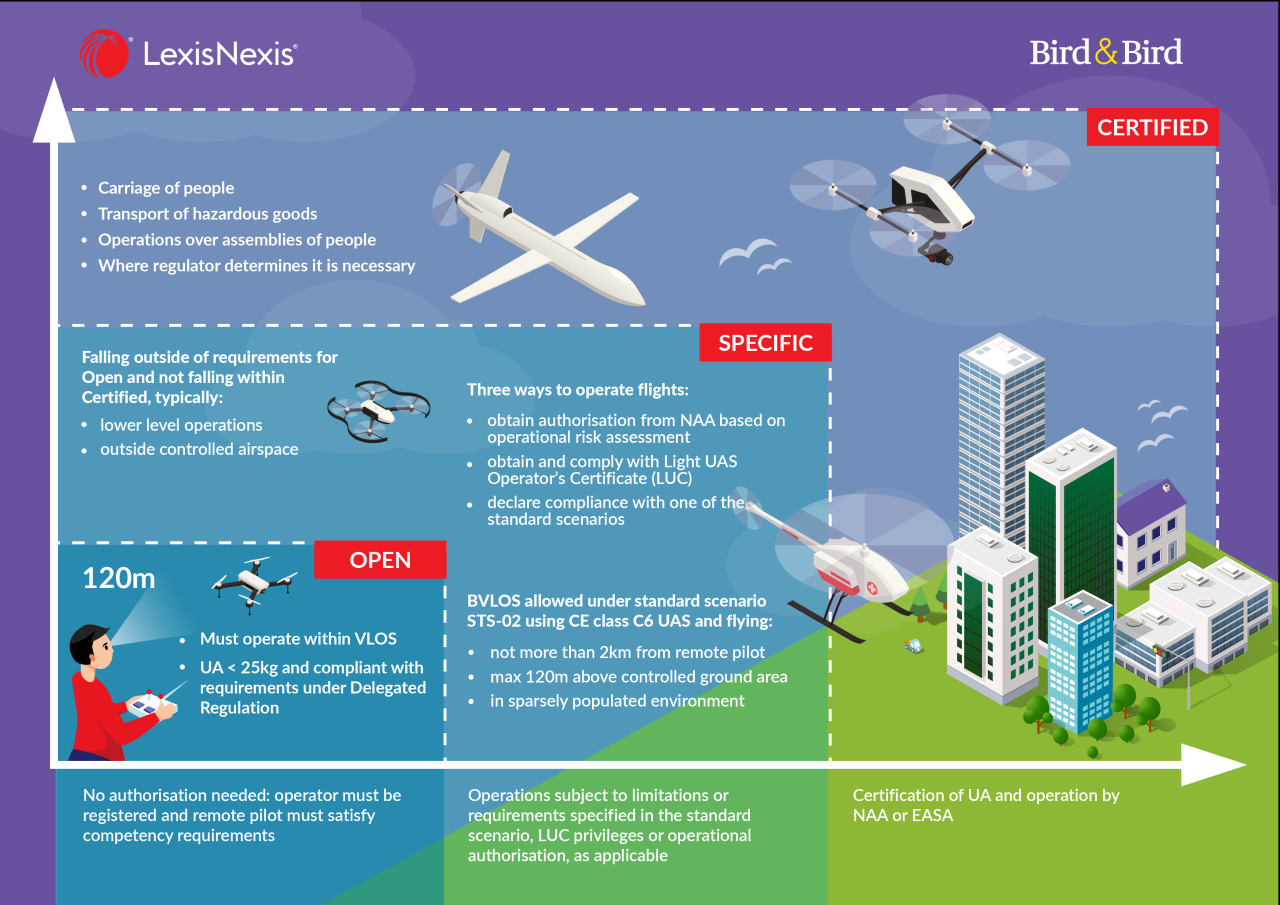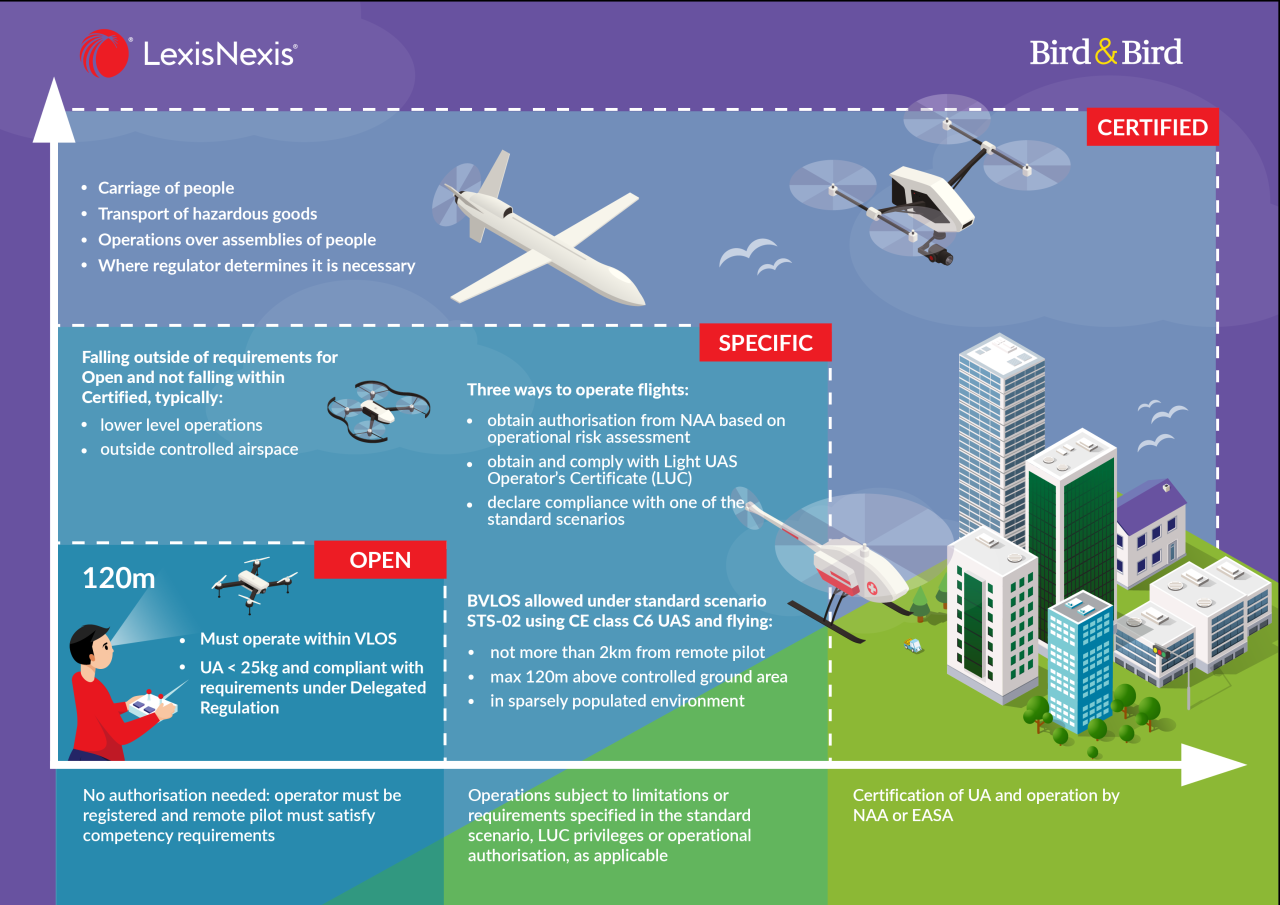New drone rules Canada are shaking up the skies! These updated regulations significantly impact how we use drones, from recreational flying to commercial applications. Understanding these changes is crucial for anyone operating a drone in Canada, whether you’re a seasoned pro or a weekend hobbyist. This guide breaks down the key aspects of the new rules, ensuring you stay compliant and safe.
The Canadian government implemented these new regulations to address safety concerns, protect privacy, and manage the increasing popularity of drones. We’ll explore everything from registration and licensing to operational restrictions and penalties for non-compliance. We’ll also look at the impact on various user groups and discuss future trends in drone regulation.
New Drone Regulations in Canada: A Comprehensive Guide

Navigating the ever-evolving world of drone operation in Canada can be challenging. This guide provides a clear overview of the updated drone regulations, covering registration, operational restrictions, privacy concerns, and enforcement. Understanding these rules is crucial for both recreational and commercial drone users to ensure safe and legal operation.
Overview of New Drone Regulations in Canada
The Canadian government regularly updates its drone regulations to address safety and privacy concerns, and to accommodate technological advancements. Key changes often involve stricter airspace restrictions, enhanced registration processes, and clearer guidelines for data privacy. These updates impact all drone categories, from small recreational drones to large commercial UAVs. The rationale behind these changes centers on mitigating risks to public safety, protecting privacy, and ensuring responsible drone operation within Canadian airspace.
Registration and Licensing Requirements
Registering your drone is a mandatory step for most users. The process typically involves providing drone information and operator details online through Transport Canada’s website. Licensing requirements vary depending on the drone’s weight and intended use. For example, recreational drone users may only need basic registration, while commercial operators might require specific pilot certifications depending on the complexity of the operation and the weight of the drone.
- Basic Registration: Required for most drones.
- Advanced Certificates: Needed for commercial operations, often involving weight and operational complexity.
- Pilot Proficiency: Demonstrated through examinations and practical flight tests for commercial licenses.
Operational Restrictions and Safety Guidelines
Several airspace restrictions exist, including no-fly zones around airports, sensitive infrastructure, and populated areas. Authorization is required to fly in these restricted zones. Safe drone operation involves maintaining visual line-of-sight, keeping a safe distance from people and property, and avoiding reckless flying. Recreational users face fewer restrictions than commercial operators, who must adhere to stricter regulations and obtain necessary permits for commercial operations.
So, Canada’s new drone rules are pretty strict, making sure everyone flies safely and responsibly. It’s a far cry from the massive, dazzling displays you might see at something like the shanghai drone show 2030 , which will likely push technological boundaries. Understanding these new Canadian regulations is key before you even think about launching your own drone, though, so check them out first!
| Restriction Type | Description | Penalty for Violation | Applicable Drone Class |
|---|---|---|---|
| Airspace Restriction | Flying within restricted airspace (e.g., near airports) | Fine, license suspension | All |
| Visual Line-of-Sight | Loss of visual contact with the drone | Fine | All |
| Safe Distance | Flying too close to people or property | Fine, potential legal action | All |
| Operational Hours | Flying during restricted hours (e.g., nighttime) | Fine | All |
Privacy Concerns and Data Protection

Drone operation raises significant privacy concerns due to the potential for data collection. Operators have legal responsibilities to respect privacy laws, such as the Personal Information Protection and Electronic Documents Act (PIPEDA). They must obtain consent before collecting personal information and ensure data is handled securely and ethically. Failure to comply can result in fines and legal action.
The following flowchart illustrates the steps to ensure compliance:
- Assess Need for Data Collection: Is data collection necessary for the drone operation?
- Obtain Consent: If necessary, obtain informed consent from individuals who may be captured.
- Data Minimization: Collect only the necessary data.
- Data Security: Implement appropriate security measures to protect collected data.
- Data Retention: Keep data only for as long as needed.
- Data Disposal: Securely dispose of data when no longer needed.
Enforcement and Penalties for Non-Compliance
Transport Canada and other authorities actively enforce drone regulations. Penalties for violations range from fines to license suspension or even criminal charges depending on the severity of the offense. Common violations include operating in restricted airspace, failing to maintain visual line-of-sight, and neglecting privacy concerns.
- Unauthorized Airspace Entry: Significant fines.
- Privacy Violation: Fines and potential legal action.
- Reckless Operation: Significant fines and potential license revocation.
Impact on Different Drone User Groups, New drone rules canada

The new regulations affect various drone user groups differently. Recreational users face relatively straightforward registration and operational restrictions. Commercial operators, however, face more stringent requirements, including licensing, operational permits, and stricter safety protocols. Larger commercial operations bear a heavier regulatory burden than smaller ones due to the increased complexity and potential risks associated with their operations.
Future Trends and Developments in Drone Regulation
Future regulations will likely address the increasing use of autonomous drones and advanced technologies like AI and BVLOS (Beyond Visual Line of Sight) operations. Integration with other airspace users, such as manned aircraft, will also be a key focus. Other countries, like the United States and the European Union, have established their own comprehensive drone regulations, often incorporating risk-based approaches and specific certification processes.
So, Canada’s got some new drone rules – you gotta know the regulations before you fly. Thinking about bigger drone displays though? Check out the amazing tech showcased at the shanghai drone show 2035 , it’s seriously impressive! Then, once you’re back to reality, remember to always check those Canadian drone laws before your next flight. Safety first!
Canada’s approach will likely continue to evolve to align with international best practices and technological advancements.
Illustrative Examples of Drone Incidents and their Relation to the New Rules
Here are two hypothetical scenarios illustrating compliant and non-compliant drone operations:
Incident 1 (Compliant): A photographer uses a registered drone to capture aerial images of a rural landscape. They maintain visual line-of-sight, operate within permitted airspace, and obtain necessary landowner consent. The drone is flown during daylight hours, and all safety guidelines are followed. The operation is entirely within the bounds of the new regulations.
Incident 2 (Non-Compliant): A drone operator, without proper registration or licensing, flies a drone near an airport at night. They lose visual line-of-sight, and the drone collides with a tree. This scenario violates multiple regulations, including airspace restrictions, registration requirements, and operational safety guidelines. The consequences could involve significant fines, license suspension, and potential legal action.
Outcome Summary: New Drone Rules Canada
Navigating the new drone rules in Canada might seem daunting, but with a clear understanding of the regulations and a commitment to safe operation, flying drones can remain a fun and productive activity. Remember, responsible drone operation is key to ensuring the continued growth and acceptance of this exciting technology. Stay informed, stay safe, and enjoy the skies!
Questions and Answers
What types of drones are affected by the new rules?
Okay, so Canada’s got some new drone rules – you gotta know them before you fly! Thinking about amazing drone displays though, check out the planned spectacle at the china new year drone show 2028 – it’s going to be massive. But remember, back to those Canadian regulations: familiarize yourself with them to avoid any trouble.
Safe flying!
The new rules apply to almost all types of drones, from small recreational models to large commercial ones. There are some exceptions for very small, lightweight drones, but it’s best to check the specifics.
How much does drone registration cost?
The registration fee for drones in Canada is relatively low, but the exact amount might vary. Check the Transport Canada website for the most up-to-date information.
What happens if I lose my drone registration number?
If you lose your drone registration number, you can typically retrieve it online through the Transport Canada website using your contact information.
Where can I find a list of restricted airspace zones?
You can find a map of restricted airspace zones on the Nav Canada website. This is a crucial resource before you fly.
Are there any specific rules for flying near airports?
Yes, there are strict regulations regarding flying near airports. You’ll need to check the specific restrictions for the airport in question and likely require authorization before flying nearby.
